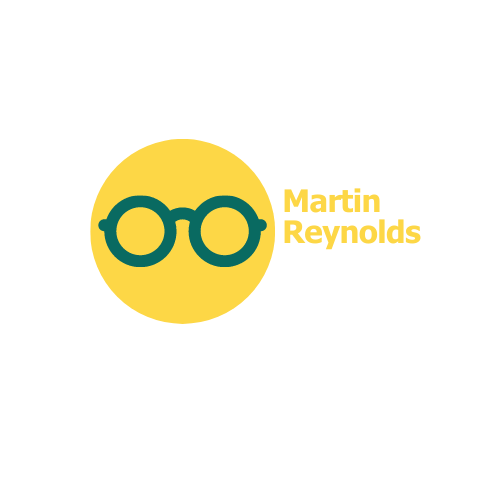Choosing Eyewear for Different Lighting Conditions Indoors and Outdoors
When it comes to eyewear, it’s not just about style and fashion. The right pair of glasses can significantly enhance your visual experience in different lighting conditions. Whether you spend most of your time indoors or outdoors, considering the lighting conditions is crucial for optimal vision and eye comfort. In this article, we will explore some key factors to keep in mind when selecting eyewear for different lighting conditions, both indoors and outdoors.
Indoor Lighting Conditions:
Indoor lighting can vary greatly depending on the location and purpose of the room. Understanding the lighting conditions can help guide you in selecting the right eyewear. Here are some points to consider:
1. Bright Artificial Lighting:
Some indoor spaces, such as offices, retail stores, or conference rooms, may have bright artificial lighting. In these settings, anti-reflective coating can be beneficial as it reduces glare and reflections from the lenses, allowing for clearer vision. Additionally, consider lenses with blue light filtering capabilities, especially if you spend significant time working on digital devices, as they can help reduce eye strain.
2. Low Lighting:
Rooms with dim lighting, like restaurants or evening events, require eyewear that optimizes contrast and provides good visibility. Glasses with high-quality lenses that enhance contrast, such as amber or yellow-tinted lenses, can improve vision in low-light conditions. These lenses are particularly useful for activities like driving at night or dining in candlelit settings.
Outdoor Lighting Conditions:
Outdoor lighting can vary dramatically based on weather, time of day, and environmental factors. It is crucial to choose eyewear that caters to these conditions. Here are some considerations for different outdoor lighting situations:
1. Bright Sunlight:
When the sun is shining brightly, protecting your eyes from harmful UV rays becomes paramount. Sunglasses with 100% UV protection should be your go-to option to shield your eyes from both UVA and UVB rays. Look for sunglasses that have a wraparound style or larger lenses to provide broad coverage, minimizing bright light and glare from the sides. Polarized lenses can also be beneficial as they reduce glare reflected off surfaces like water, snow, or glass.
2. Overcast or Cloudy Conditions:
Contrary to popular belief, UV rays can still pose a threat on cloudy days. Therefore, wearing sunglasses with UV protection, even in overcast conditions, is essential. To enhance visibility and reduce the gray, dull view commonly experienced in cloudy conditions, opt for lenses with a yellow or rose tint. These lenses help improve contrast and depth perception, ensuring better visual clarity.
Bullet List:
Here is a summary of key points to consider when choosing eyewear for different lighting conditions:
Indoor Lighting:
– Anti-reflective coating for areas with bright artificial lighting.
– Blue light filtering lenses for digital device usage.
Outdoor Lighting:
– Sunglasses with 100% UV protection for bright sunlight.
– Polarized lenses to reduce glare from reflective surfaces.
– Yellow or rose tinted lenses for enhanced visibility in overcast or cloudy conditions.
In conclusion, selecting the appropriate eyewear for different lighting conditions is vital for maintaining optimal vision and eye health. Understanding the demands of your indoor and outdoor environments can ensure your glasses provide the necessary protection and clarity for a comfortable visual experience. Remember to consult with an eye care professional for personalized advice and recommendations based on your specific needs.
